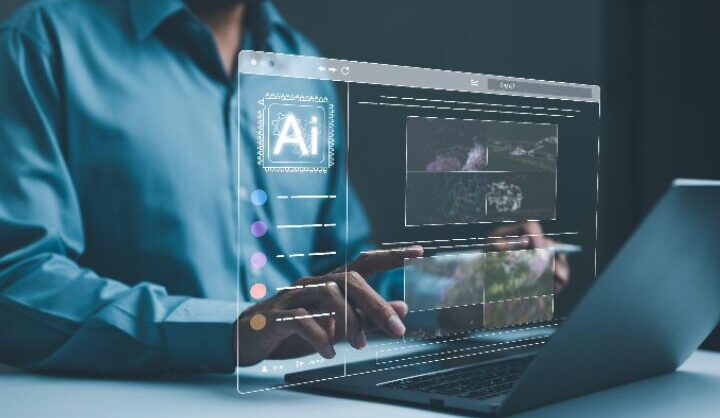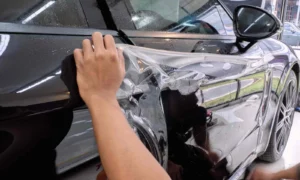In the ever-evolving landscape of creativity, a new player has emerged—one that doesn’t hold a brush or chisel but operates through lines of code and complex algorithms. Artificial Intelligence (AI) has stepped into the realm of art, challenging traditional notions of creativity and authorship. This fusion of technology and artistry has given birth to a movement where machines not only assist but also generate art, leading us to question: Can algorithms truly paint?
The Genesis of AI-Generated Art
The concept of machines creating art isn’t entirely new. Early experiments in computer-generated art date back to the 1960s, with artists like Harold Cohen developing programs that could produce drawings. However, the recent surge in AI capabilities, particularly in machine learning and neural networks, has propelled AI-generated art into the mainstream. These advancements have enabled algorithms to analyze vast datasets of existing artworks, learn styles, and generate original pieces that mimic or even innovate upon human-created art.
Understanding the Mechanics
At the heart of AI art generation lies deep learning—a subset of machine learning that utilizes neural networks to model complex patterns in data. Generative Adversarial Networks (GANs) are particularly instrumental in this process. GANs consist of two neural networks: a generator that creates images and a discriminator that evaluates them. Through this adversarial process, the generator learns to produce increasingly convincing images, resulting in artworks that can be strikingly realistic or abstract.
The Role of the Human Artist
While AI can autonomously generate art, the human element remains crucial. Artists and users input parameters, select styles, and curate outputs, guiding the AI’s creative process. This collaboration blurs the lines between human and machine creativity, leading to a new form of co-creation. The artist becomes a curator of possibilities, steering the algorithm’s output toward a desired aesthetic or concept.
Applications and Implications
AI-generated art has found applications across various domains:
- Fine Arts : Artists incorporate AI to explore new styles and push creative boundaries.
- Design : Graphic designers use AI tools to generate logos, layouts, and visual elements.
- Entertainment : AI assists in creating visuals for games, movies, and virtual reality experiences.
- Marketing : Brands leverage AI to produce personalized and dynamic content.
However, this rise also brings forth ethical and legal considerations. Questions about authorship, copyright, and the value of AI-generated art are subjects of ongoing debate. As AI continues to evolve, society must grapple with these complex issues to define the role of machine-generated art in our cultural landscape.
HypnoPixels: Bridging Imagination and AI
A notable platform in this burgeoning field is hypnopixels , an innovative online tool that empowers users to transform textual prompts into vivid images. By leveraging advanced AI models, HypnoPixels allows individuals to create artwork by simply describing their vision. Whether it’s a “surreal landscape with floating islands” or a “futuristic city skyline at dusk,” the platform brings these concepts to life with remarkable detail and style. HypnoPixels exemplifies how AI can democratize art creation, making it accessible to both seasoned artists and novices alike.
The Future of AI in Art
As AI technology continues to advance, its integration into the art world is expected to deepen. Future developments may include more intuitive interfaces, real-time collaboration between humans and AI, and the emergence of entirely new art forms. Educational institutions are beginning to incorporate AI art into their curricula, preparing the next generation of artists to navigate this hybrid creative landscape.
Moreover, AI’s ability to analyze and interpret vast amounts of data could lead to personalized art experiences, where artworks adapt to individual viewers’ preferences and emotions. This intersection of AI and human experience holds the potential to redefine how we create, perceive, and value art.
Conclusion
The advent of AI in art generation marks a significant shift in the creative paradigm. While algorithms may not possess consciousness or emotion, their capacity to produce compelling and thought-provoking art challenges our understanding of creativity itself. As platforms like HypnoPixels demonstrate, the collaboration between human imagination and machine intelligence can yield extraordinary results. As we stand at this crossroads of art and technology, embracing the possibilities while critically examining the implications will be key to shaping a future where creativity knows no bounds.



































